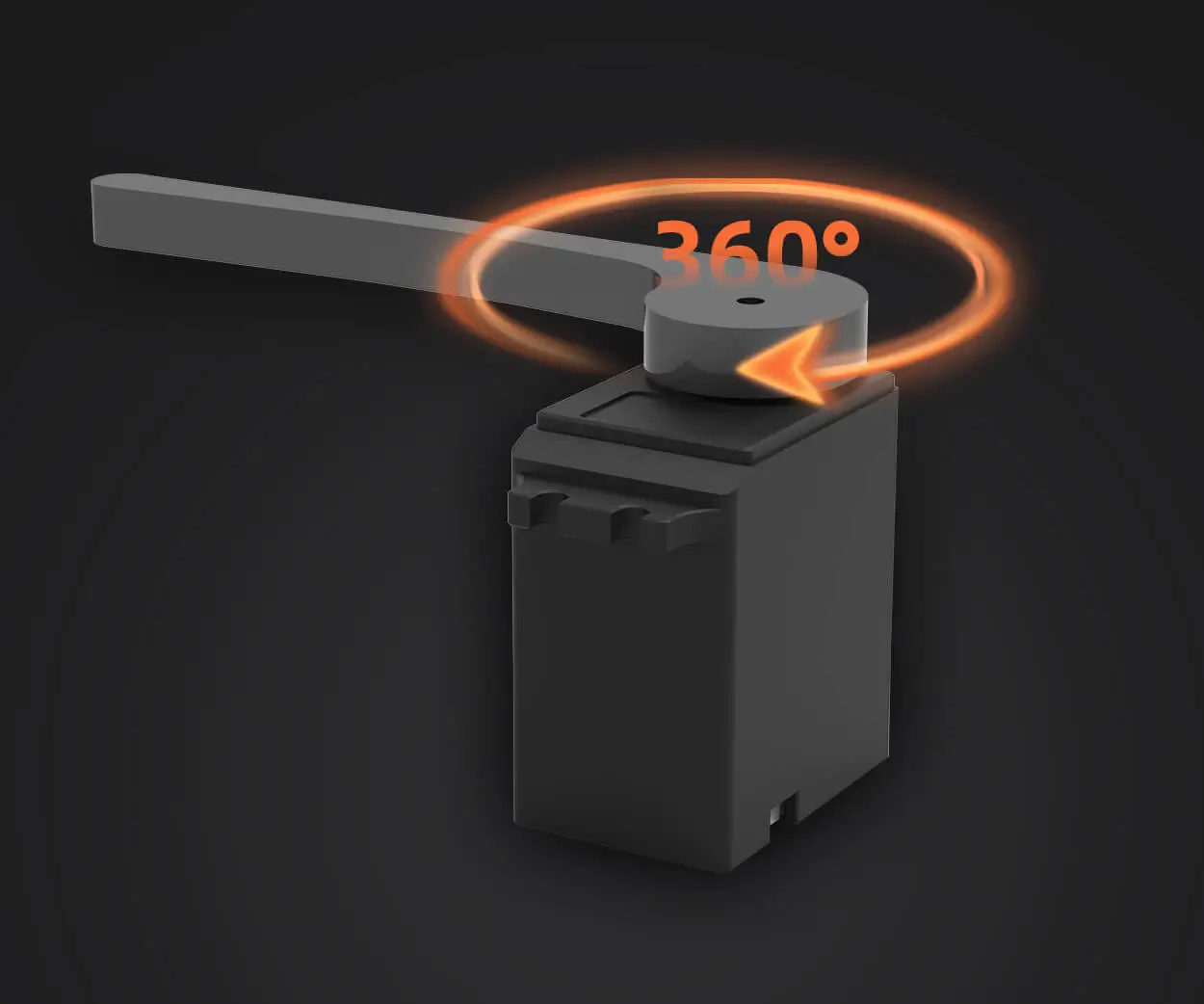Imagine this: you’re tinkering in your garage, excitedly wiring up a little robot or maybe a tiny home automation system. You reach for a component that’s both versatile and reliable—the servo motor. Pair it with an Arduino and suddenly your project leaps from a simple concept to something that actually moves, responds, and feels almost alive. That’s the magic we’re talking about.

Servo motors are the unsung heroes of robotics and automation. They pack a punch in a small package—offering precise control over angular position, rotation, and speed. Ever wondered how those robotic arms get their smooth, accurate movements? That’s servo motors at work, responding seamlessly to commands from a microcontroller like Arduino. It’s a match made in engineering heaven, really. With the right PWM signals, you can make the servo turn exactly where you want, down to fractions of a degree.
And then there’s Arduino—this tiny wonder. It’s like the brain that loves to be fed commands, eager to bring your creations to life. Hook up a servo motor to an Arduino, and suddenly you’re in control of something that can mimic human gestures, open a door, or balance a pole. The process? Pretty straightforward. Connect power, attach the control wire, and upload a simple sketch. The magic begins—your Arduino sends signals, and the servo responds instantly, faithfully executing every command.
But what makes this combo so popular? Flexibility, first off. Whether you’re building a camera gimbal, a robot arm, or a remote-controlled vehicle, servo motors handle the task. They’re robust enough to handle repeated motion, and with plenty of models on the market, you can find one that fits your project’s size and torque needs. Have you considered the power supply? It’s worth noting that larger servo motors demand a more stable power source—something that can supply enough current without voltage dips.
Here’s a question often tossed around: can I just plug and play? Not quite. You’ll want to pay attention to the specifications—voltage ratings, torque, and rotation angle—these matter. Using a too-weak servo or one with insufficient torque can cause sluggishness or even damage. Also, keep in mind: programming the servo involves calibrating your angles and understanding your limits. It’s like teaching your new pet how to perform tricks—it needs some patience and practice.
Let me tell you a quick story. I once saw a hobbyist turn a simple Arduino-controlled servo into a mini art installation. Every few seconds, a tiny arm would gently rotate, revealing different miniature paintings. The precision was stunning, all thanks to a modest servo and some clever coding. That’s the kind of potential this combo unlocks—think about how many creative avenues it opens.
In essence, pairing a reliable servo motor with an Arduino is one of the best ways to add movement, interactivity, and life to your projects. It’s affordable, accessible, and surprisingly powerful once you get the hang of it. Whether you’re a seasoned engineer or just starting, you’ll find that this duo can elevate your ideas from imagination to real-world action in no time.
Established in 2005, Kpower has been dedicated to a professional compact motion unit manufacturer, headquartered in Dongguan, Guangdong Province, China. Leveraging innovations in modular drive technology, Kpower integrates high-performance motors, precision reducers, and multi-protocol control systems to provide efficient and customized smart drive system solutions. Kpower has delivered professional drive system solutions to over 500 enterprise clients globally with products covering various fields such as Smart Home Systems, Automatic Electronics, Robotics, Precision Agriculture, Drones, and Industrial Automation.




































